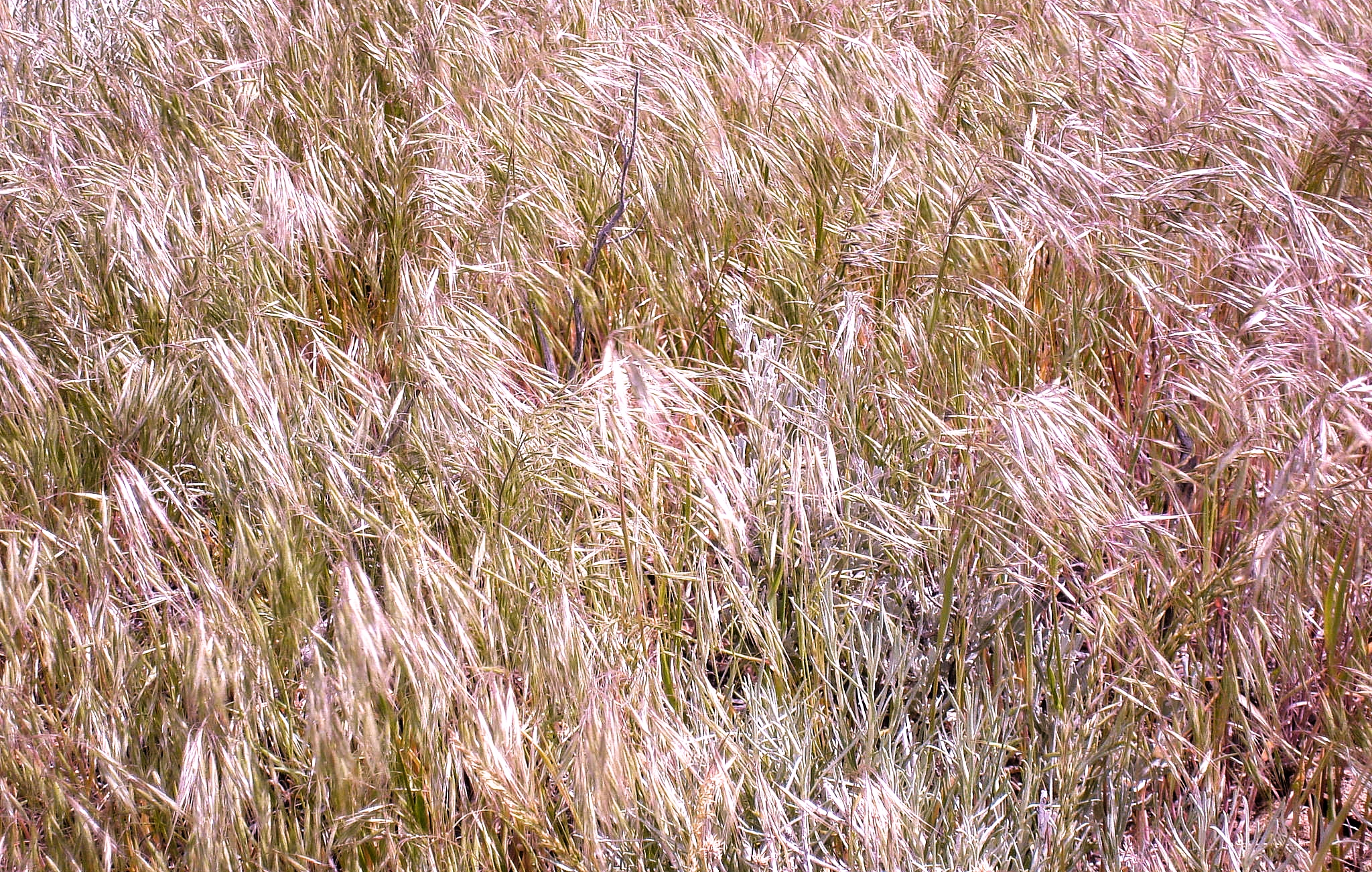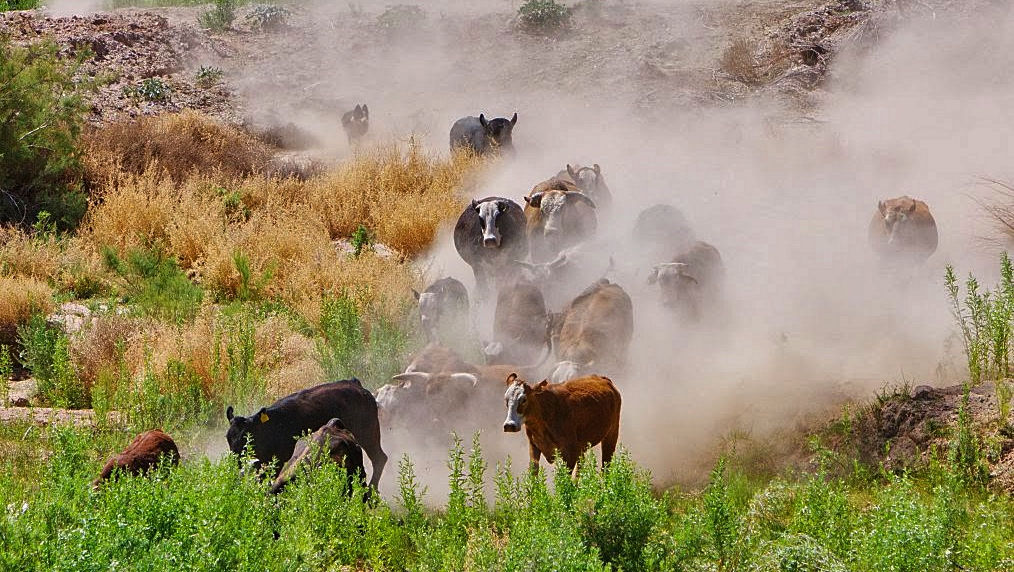Two strains of Pseudomonas fluorescens bacterium, named D-7 and MB-906, are being used because they can be applied in areas where perennial grasses and non-native grasses both grow. Other strains of the diverse bacteria have also been used successfully to clean oil spills in groundwater.
Dianna Troyer
Matt Germino, supervisory research ecologist with the U.S. Geological Survey in Boise, is overseeing an innovative research project to use weed-suppressive bacteria to control non-native invasive cheatgrass and medusahead.
“We’re seeing some interesting activity so far,” says Germino, referring to plant growth on 84 small research plots in southwestern Idaho. The three-year study began in the late summer of 2016.
The plots are in three areas that were selected because annuals and perennials co-dominate. The areas are north of Eagle, on Bureau of Land Management land in the Snake River Plain, and on state land in the Owyhees.
“Applying bacteria isn’t a magic bullet but one of several tools that could be used to help restore land with native vegetation,” he says. “A systemic approach is the ticket. We need to combine what we learn from this research with grazing patterns and protecting the vigor of desirable native species.”
The study focuses on applying certain bacteria to cheatgrass and medusahead to inhibit the plants’ root growth.
Two strains of Pseudomonas fluorescens bacterium, named D-7 and MB-906, are being used because they can be applied in areas where perennial grasses and non-native grasses both grow. Other strains of the diverse bacteria have also been used successfully to clean oil spills in groundwater.
To learn how to best use the D-7 and MB-906, researchers are doing controlled burns, then applying bacterium with and without herbicides that kill non-native grasses, and with and without tillage.
The bacteria were also used in the aftermath of the 2015 Soda Fire in Owyhee County and fires in 2016 in hopes of giving perennial grasses a chance to grow without competition from cheatgrass.
“This may be one way to help restore burned areas to prevent the spread of exotic annuals,” says Germino. “We want to give desirable species a chance to fill the void.”
[paypal_donation_button]
Free Range Report
[wp_ad_camp_3]
[wp_ad_camp_2]



